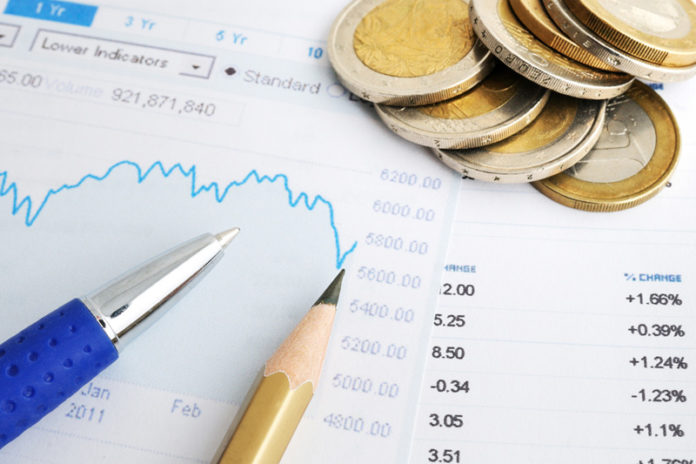By Stella Qiu
SYDNEY (Reuters) -Australian consumer price inflation slowed to a three-year low in August thanks to government rebates on electricity, while core inflation hit its lowest since early 2022 in welcome progress that could open the door to rate cuts.
Market reaction was restrained because the central bank already said it would look through the decline in headline inflation, which is temporary and not enough to justify rate cuts in the near-term.
The Australian dollar still came off its 1-1/2-year high and was last flat at $0.6891, while three-year bond futures were little changed at 96.63.
Swaps imply a 75% chance that the Reserve Bank of Australia can start lowering rates in December after it held policy steady and did not discuss the option to hike on Tuesday.
Data from the Australian Bureau of Statistics on Wednesday showed its monthly consumer price index (CPI) rose at an annual pace of 2.7% in August, down from 3.5% in July and in line with market forecasts.
That is thanks to electricity subsidies from the federal and state governments, which lowered prices by almost 15% in August, noted the ABS. Otherwise, they would have risen 0.1%.
Petrol prices also dropped 3.1% in the month.
Encouragingly, when volatile items and holiday travel were excluded, the CPI fell to 3%, the top of the target band of 2-3%, from July’s 3.7%.
A closely watched measure of core inflation, the trimmed mean, also slowed to an annual 3.4%, from 3.8% in July. The RBA expects it to be at 3.5% by the end of the year.
“What really matters – and as the RBA keeps reminding us – is the sustainable return of underlying inflation to target. That’s still a little way off, but August’s print shows momentum is moving in the right direction,” said Harry Murphy Cruise, economist at Moody’s Analytics.
“We’re still of the view that rate cuts won’t come until February, but the risk of it being any later than that is diminishing.”
The RBA has kept rates steady since November, judging that the cash rate of 4.35% – up from a record-low 0.1% during the pandemic – is restrictive enough to bring inflation to its target band of 2-3% while preserving employment gains.
However, underlying inflation – which ran at 3.9% last quarter – has fallen very little over the past year, a reason that policymakers were not confident that inflation is moving towards the target range.
Treasurer Jim Chalmers on Wednesday said those inflation numbers are “heartening”, “encouraging” and “welcome” give a number of measures, including the underlying inflation, have come off.
“But we’re not getting carried away, because we know that monthly numbers can be volatile. We know that inflation doesn’t always moderate in a straight line,” Chalmers told a press conference in Brisbane.
The monthly report also provided the first update on many services for the quarter, which showed services inflation stood at 4.2% in August from a year ago, only slowing a little from July’s 4.4%.
“Providing the falls in underlying inflation noted today are replicated in the all-important Q3 inflation numbers, it sets up a dovish pivot from the RBA at its meeting on November 5th before a first-rate 25bp rate cut in December,” said Tony Sycamore, analyst at IG.


